3 of
You are browsing the full text of the article: The Novels of Mrs. Humphry Ward
Click here to go back to the list of articles for
Issue:
Volume: 1 of The Kensington
| The Kensington Volume 1 Issue: 3 May 1901 Page: 82 | |||||||||||||||||||||||||||
| The Novels of Mrs. Humphry Ward | |||||||||||||||||||||||||||
|
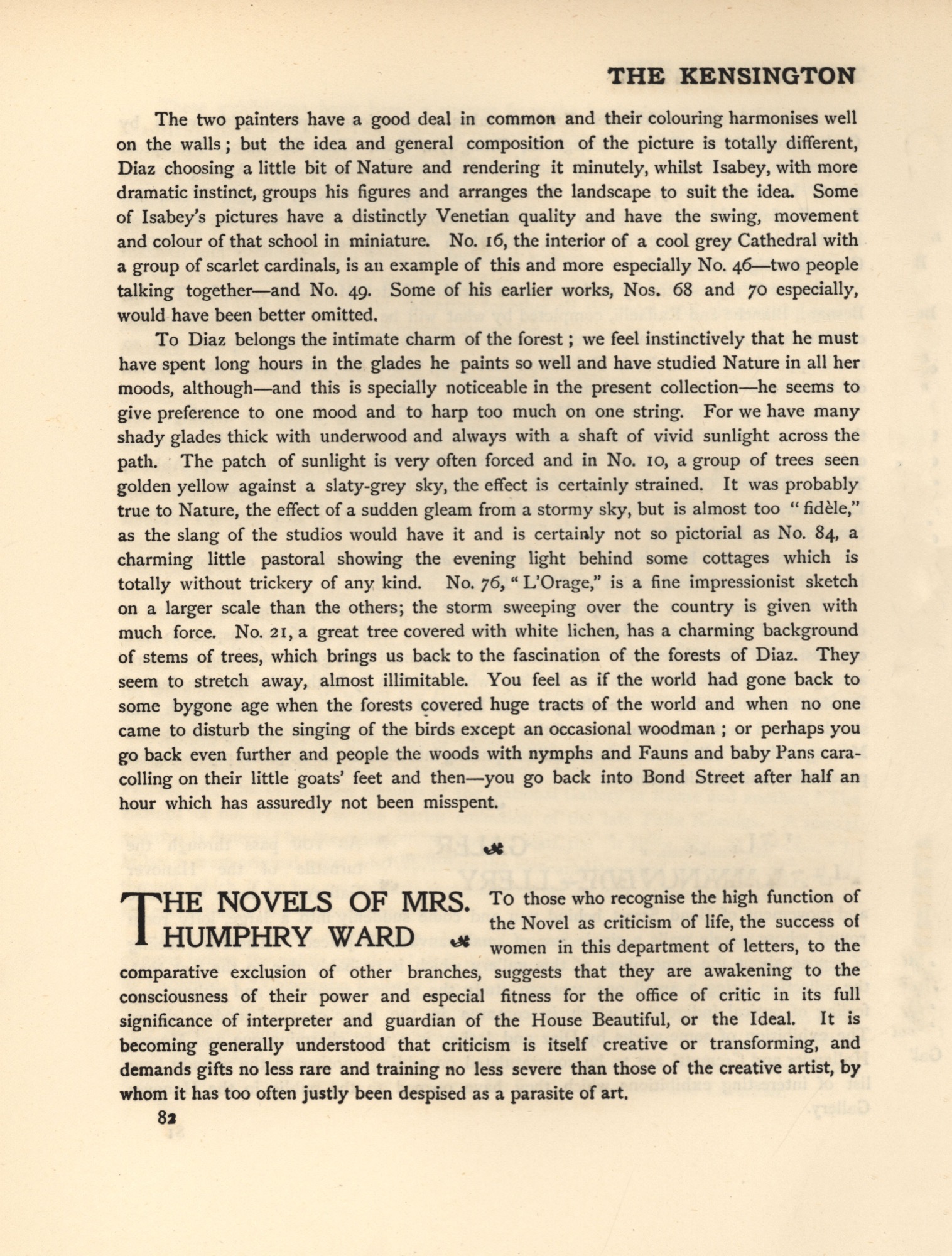
|
|
|||||||||||||||||||||||||
| The Kensington Volume 1 Issue: 3 May 1901 Page: 83 | ||||||||||||||||||||||||||
| The Novels of Mrs. Humphry Ward | ||||||||||||||||||||||||||
|
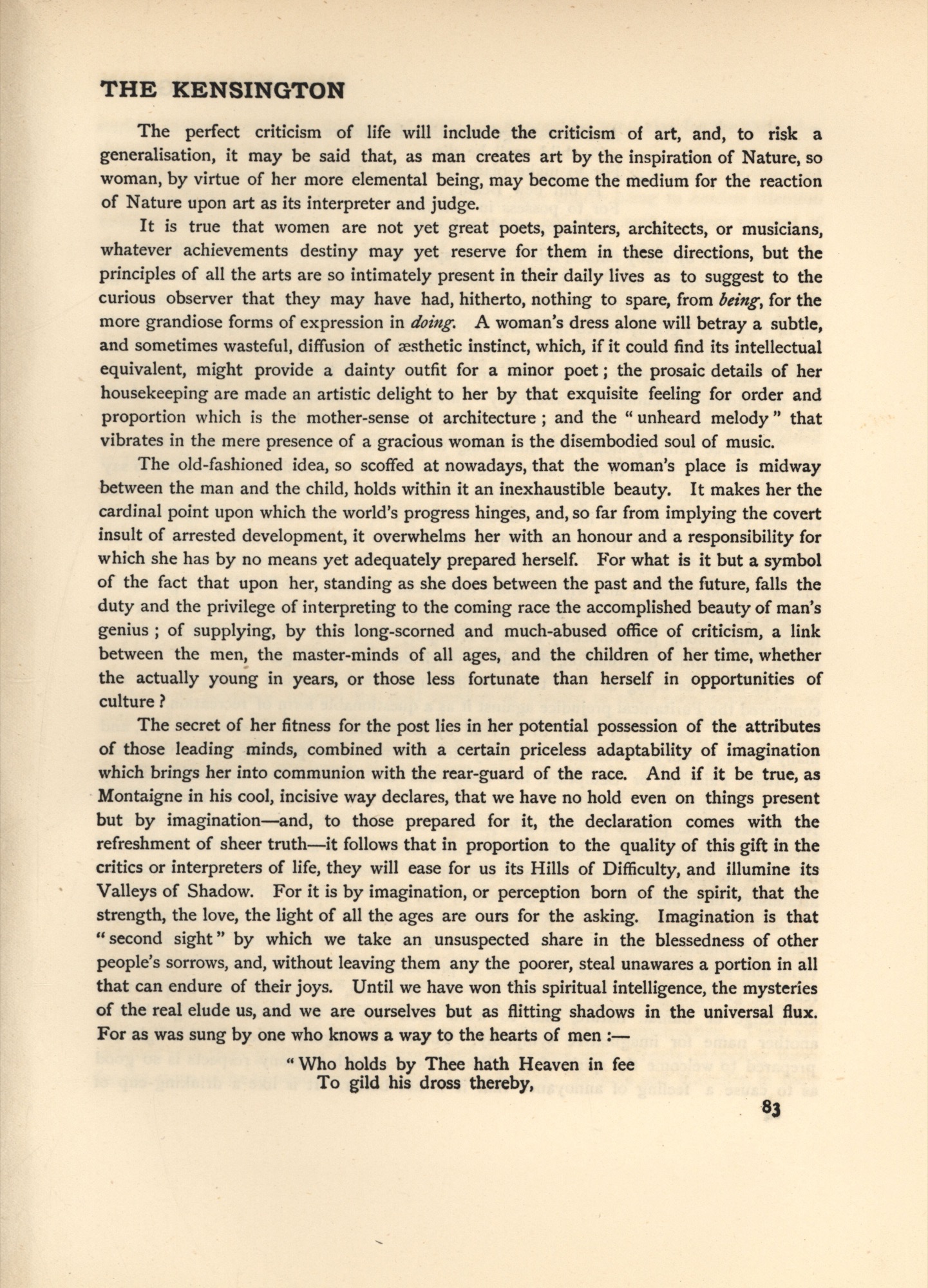
|
|
||||||||||||||||||||||||
| The Kensington Volume 1 Issue: 3 May 1901 Page: 84 | ||||||||||||||||||||||||||
| The Novels of Mrs. Humphry Ward | ||||||||||||||||||||||||||
|
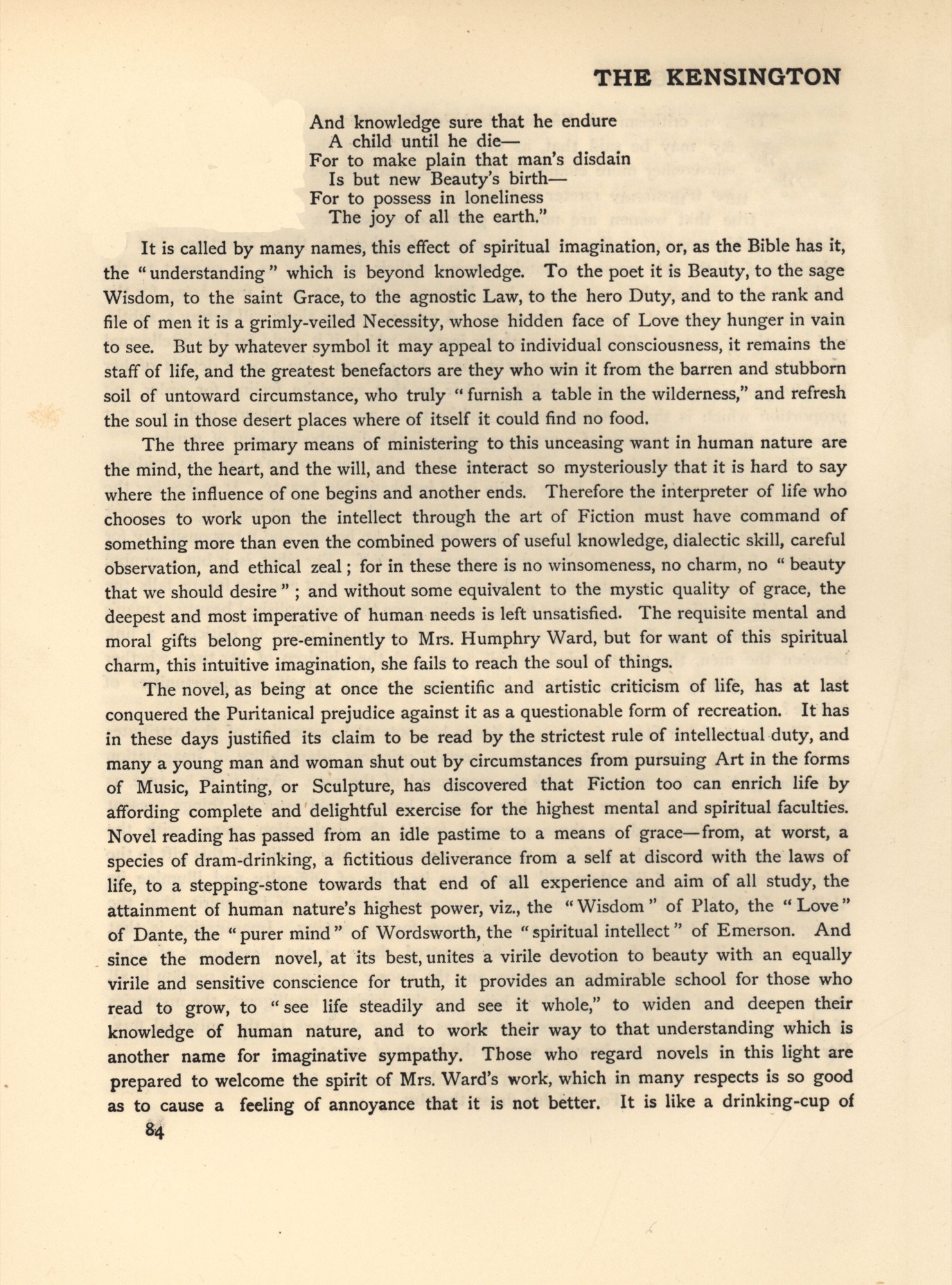
|
|
||||||||||||||||||||||||
| The Kensington Volume 1 Issue: 3 May 1901 Page: 85 | ||||||||||||||||||||||||||
| The Novels of Mrs. Humphry Ward | ||||||||||||||||||||||||||
|
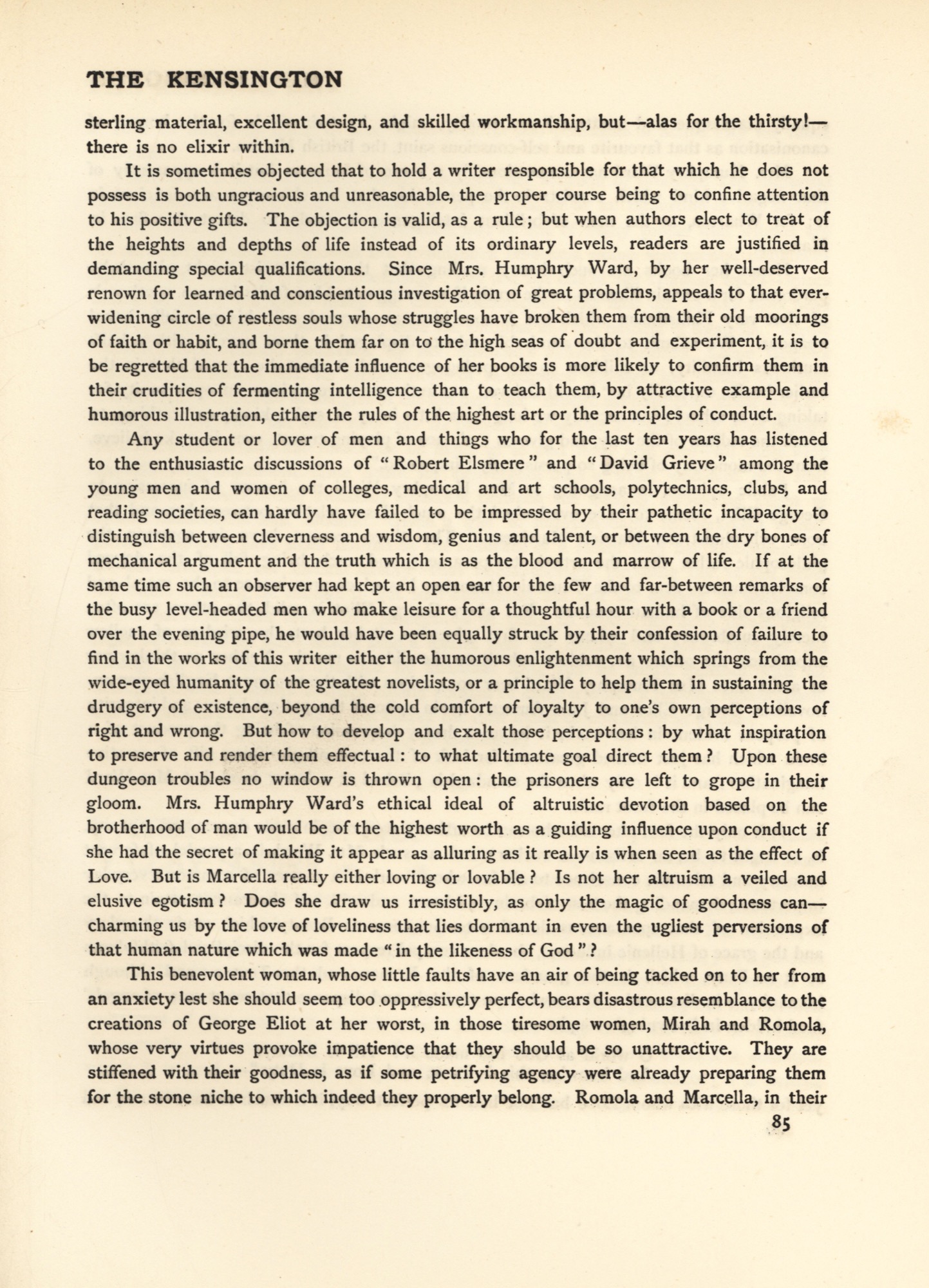
|
|
||||||||||||||||||||||||
| The Kensington Volume 1 Issue: 3 May 1901 Page: 86 | ||||||||||||||||||||||||||
| The Novels of Mrs. Humphry Ward | ||||||||||||||||||||||||||
|
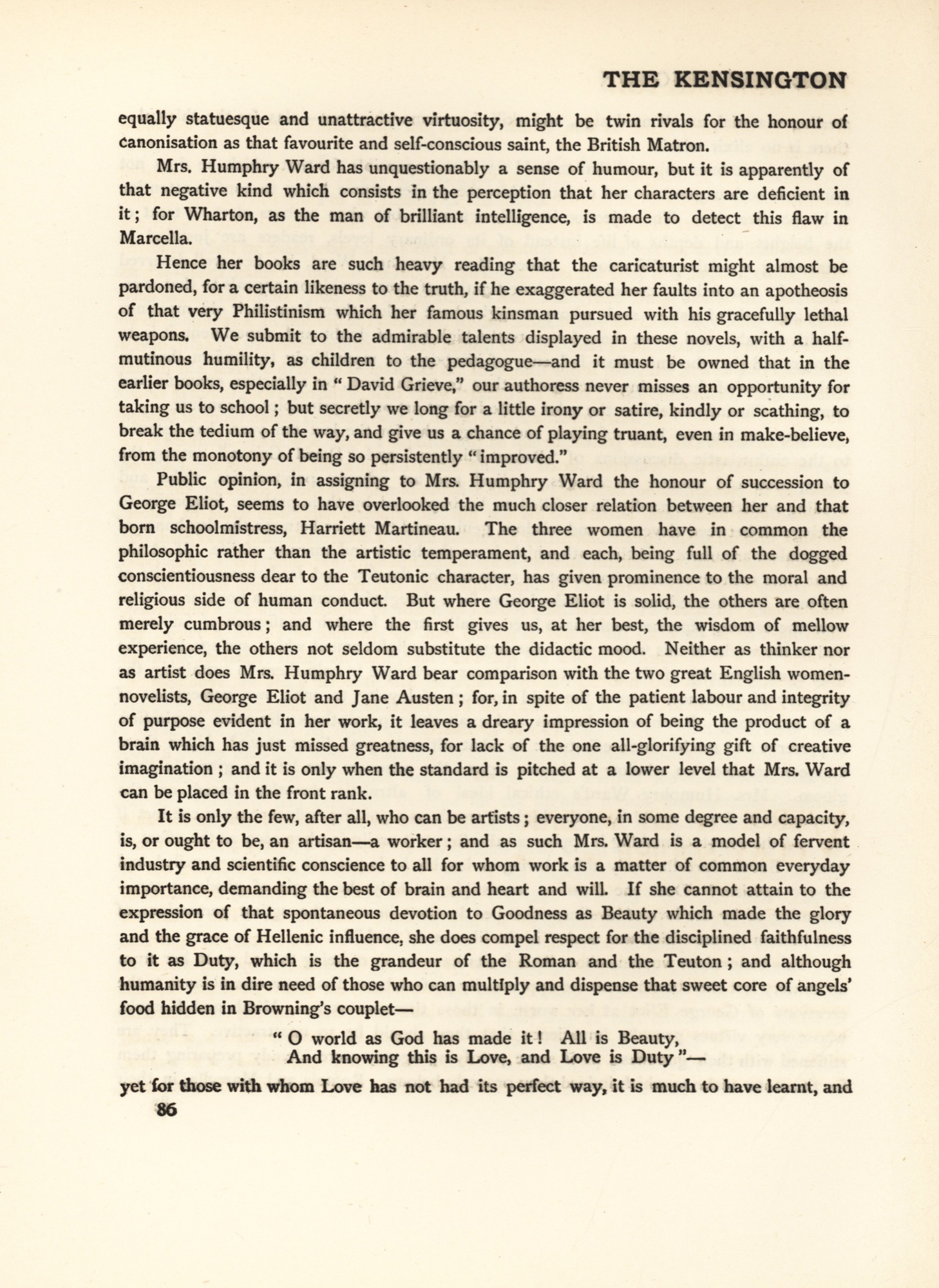
|
|
||||||||||||||||||||||||




